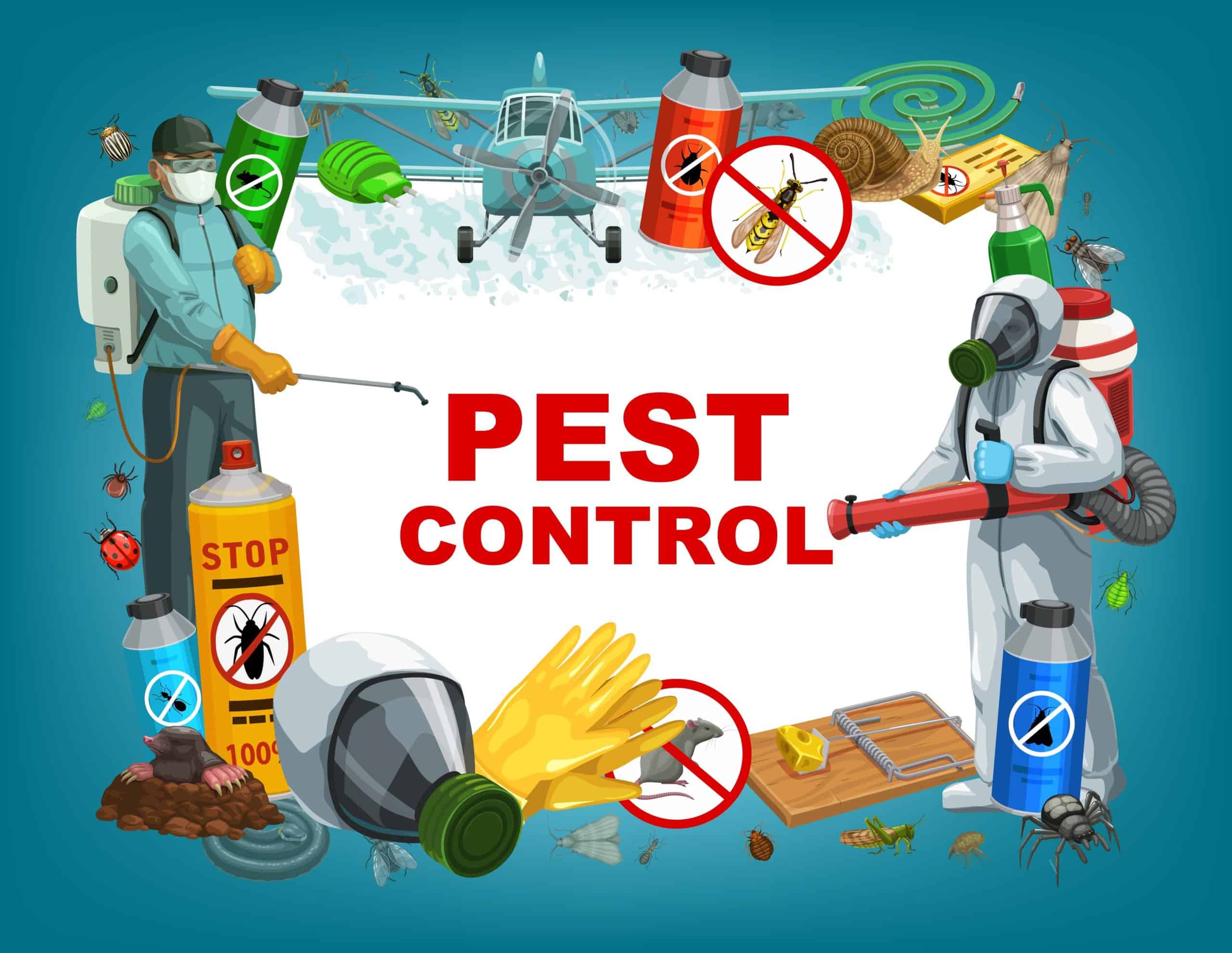Bed Insect Treatment Break Down: Contrasting Chemical Vs. Non-Chemical Solutions
In the realm of parasite control, particularly when dealing with the persistent problem of bed bugs, the option in between chemical and non-chemical therapy options can be a pivotal one. Both techniques provide distinctive benefits and drawbacks, influencing aspects such as effectiveness, safety factors to consider, and general cost. By examining the nuanced details of each method, a more clear understanding of which course to pursue in attending to a bed pest problem can be achieved.
Effectiveness of Chemical Treatments
Chemical therapies for bed insect problems have been commonly identified for their rapid and powerful efficacy in getting rid of these pests. When considering the efficiency of chemical therapies, it is important to recognize that they can offer a comprehensive and fast option to a bed bug trouble.
Moreover, chemical therapies have the advantage of using recurring impacts, indicating that they can continue to remove bed bugs even after the preliminary application. This residual activity is especially beneficial in combating any type of possible re-infestations. Furthermore, the quick activity of chemical therapies can bring alleviation to individuals encountering extreme bed bug problems, allowing them to gain back control of their home rapidly.
Safety And Security Issues With Chemical Solutions
When making use of chemical remedies for bed insect therapy is guaranteeing the security of owners and the setting,One vital facet that calls for mindful consideration. While chemical treatments can be efficient in getting rid of bed insects, they might position threats if not managed correctly. Among the primary security interest in chemical solutions is the prospective damage they can cause to human wellness. Exposure to specific chemicals utilized in bed bug therapies can lead to breathing problems, skin inflammation, or various other negative responses, especially in individuals with pre-existing conditions or level of sensitivities. In addition, incorrect application or dose of chemical pesticides can cause hazardous deposits lingering in the cured area, posturing long-lasting wellness threats to residents.
Additionally, the environmental impact of chemical options is another significant consideration. Some chemicals made use of in bed insect treatments might be damaging to valuable bugs, wild animals, and ecological communities if they leach right into the dirt or water supply. It is necessary to make use of chemical treatments sensibly, following safety and security standards, and thinking about less toxic options to mitigate these dangers and make certain the efficient and secure monitoring of bed bug problems.
Advantages of Non-Chemical Techniques
Considering the possible security issues and ecological impact related to chemical options for bed insect therapy, discovering non-chemical approaches presents a promising option with a number of unique advantages. Non-chemical approaches provide a more secure alternative for families, particularly those with youngsters, family pets, or individuals delicate to rough chemicals. These strategies get rid of the threats of exposure to hazardous substances, reducing the capacity for negative health impacts. Additionally, non-chemical therapies are eco-friendly, as they do not add to air or water air pollution, making them a sustainable choice for parasite control.
Furthermore, non-chemical remedies can be effective in targeting bed insects, consisting of hard-to-reach locations where chemical therapies might not penetrate. Techniques such as warm treatment, vacuuming, heavy steam cleaning, and cushion coverings give complete removal without making use of damaging chemicals. Moreover, non-chemical techniques can be much less disruptive, needing very little preparation and permitting quicker reentry into treated locations. In general, choosing non-chemical bed pest therapy methods not just focuses on safety and security and ecological protection yet also guarantees reliable and detailed bug control.
Limitations of Non-Chemical Treatments

Additionally, non-chemical treatments frequently need several applications to accomplish successful elimination. This can be taxing and might not always assure full elimination of all bed insects and their eggs, especially in hard-to-reach or surprise locations.
Furthermore, the success of non-chemical look at this web-site therapies greatly relies upon correct application and thoroughness, which can be challenging for people without professional proficiency. Poor application of non-chemical approaches may cause insufficient elimination, bring about consistent infestations and the need for added treatments.
Consequently, while non-chemical treatments have their advantages, it is vital to acknowledge these restrictions and consider them when figuring out one of the most efficient approach for taking care of bed bug problems.
Cost Contrast: Chemical Vs. Non-Chemical Options
Given the constraints connected with non-chemical treatments, a crucial aspect to assess in the context of bed pest monitoring is the cost comparison between chemical and non-chemical options. see this website In contrast, non-chemical therapies like warm treatment or steam can be a lot more expensive, with expenses ranging from $1,000 to $6,000 for a whole home. While the initial expense of chemical treatments might seem lower, several treatments may be called for to fully eliminate the invasion, possibly boosting the general expense.
Conclusion

Thinking about the prospective safety issues and ecological impact connected with chemical solutions for bed pest treatment, exploring non-chemical techniques provides a promising choice with numerous distinct benefits.Provided the restrictions connected with non-chemical therapies, a necessary facet to evaluate in the context of bed bug administration is the expense comparison between chemical and non-chemical options. In contrast, non-chemical therapies like warmth therapy or vapor can look at these guys be much more costly, with prices varying from $1,000 to $6,000 for a whole home. While the first expense of chemical therapies may appear lower, multiple therapies might be required to totally eliminate the problem, potentially enhancing the total cost.In conclusion, when contrasting chemical and non-chemical bed bug treatment alternatives, it is vital to take into consideration efficiency, safety and security, advantages, restrictions, and price.